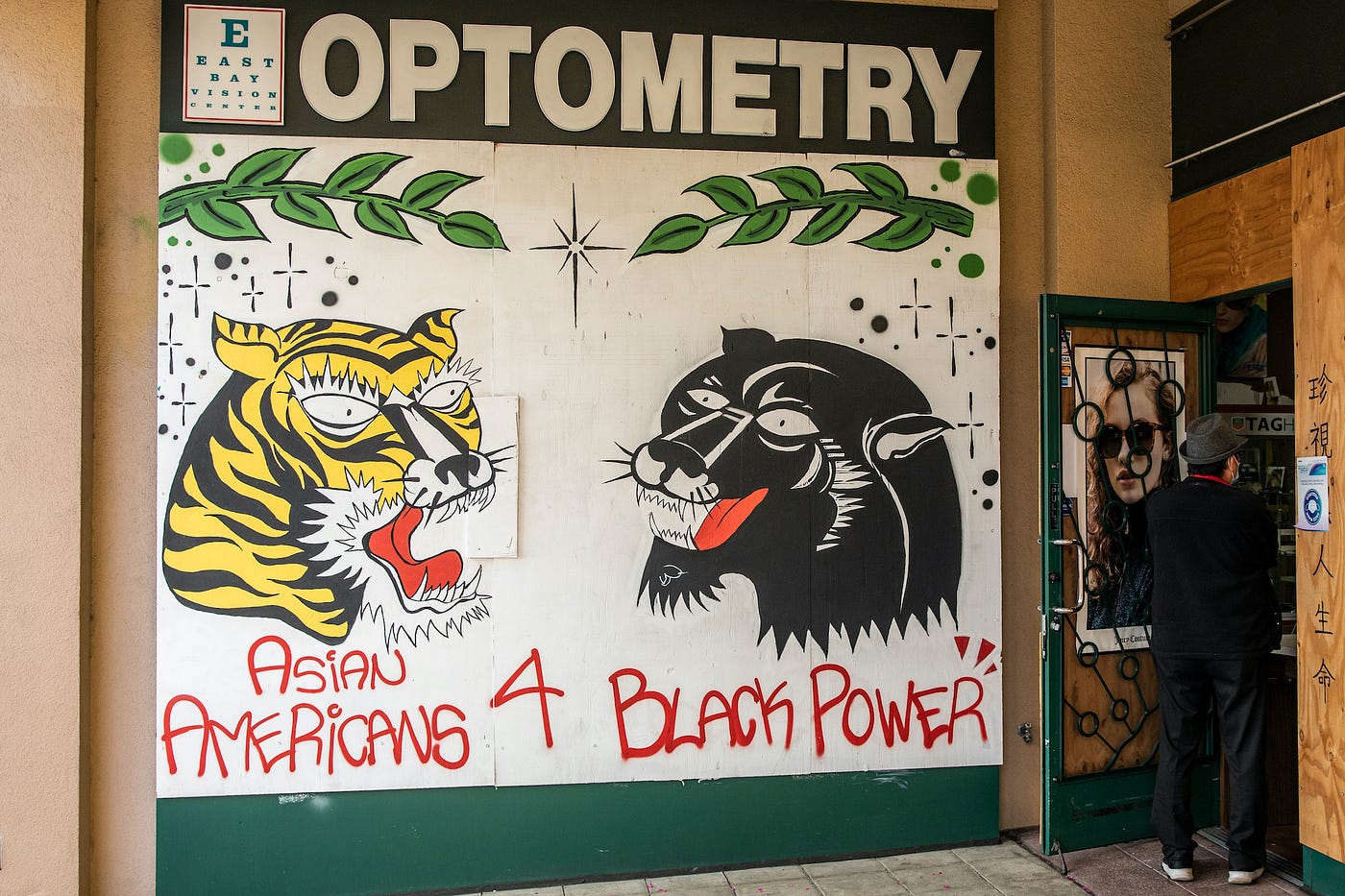
The latest wave of anti-Asian violence has lit my social circles and Asian American media sources on fire.
Vicha Ratanapakdee, 84, was brutally knocked to the ground during his daily morning walk in San Francisco, and eventually died from his injuries. Multiple attacks have taken place on Asian seniors in Oakland’s Chinatown, including a 91-year-old man violently shoved headfirst into the pavement. An acquaintance’s mother was robbed in San Jose.
This is an incomplete listing of the assaults, and I don’t wish to name more.
After ingesting stories and watching graphic videos on loop, I started to skip paragraphs of each new story, scrolling past the violent descriptions and videos of each crime. As an Asian American with ties to Chinatown, and as a human being, it hurt every time I read the words and saw the images, each a mini assault on some ancient collective consciousness. My emotions ranged from tearful to angry to scared to listless.
Sign up for The Bold Italic newsletter to get the best of the Bay Area in your inbox every week.
During this emotional turmoil, I couldn’t help but notice that the perpetrators were mostly young Black men. Despite wishing so hard this wasn’t true, I’ll admit I felt a tinge of anti-Blackness trying to punch its way out from the more sinister parts of my soul, which disgusted me. I found myself wondering what I would feel and do if my parents were the ones attacked. Would I demand maximum police intervention and as harsh of a punishment as possible? Throw my liberal values that favor rehabilitation out the window in exchange for swift vengeance? How could I reconcile what I thought I believed with the negative emotions I was feeling?
I saw a similar narrative take hold in the national media, which insinuated this string of incidents were hate crimes — that they were singled out because they were Asian. But the more I read, the more I questioned that.
In a fantastically reported two-part series in The Oaklandside, reporters investigated and summed up answers to the “why” and “how” of this deluge of crime stories. The piece questioned if many of the recent crimes were actually racially motivated as opposed to crimes of opportunity, and whether Chinatown crime is actually increasing or if it’s long been an issue. Reading it, I could see how some would think the story minimizes harm against Asian seniors and the rise of anti-Asian crime during Covid-19. But while the series is still concerned with the plight of victims and their communities, it is framed within a larger context of structural inequities both in Chinatown and other depressed areas of Oakland that exist year-round. It’s not solely Black-on-Asian crime, not by any stretch. And there is no evidence the victims were targeted because of their race.
Understanding this current wave of violence as it relates to poverty affecting communities of color citywide encourages coalition-building and more long-term community investments that will reduce crime. Instead of pitting us against each other over-sensationalized headlines, we must see the larger picture that allows us to work together.
I know and believe promoting the Asian-versus-Black rhetoric is a trap. We saw how harmful this was during the 1992 Los Angeles uprising, and how that reductive narrative ignored societal factors that created racial and economic tensions in the first place.
I knew I needed to recognize the larger root of inequity causing this current violence against Asian seniors, do my research, question my inherent biases, and show up to help.
I read countless articles and signed a petition calling for Safety Ambassadors in SF’s Chinatown. I contacted a Chinatown volunteer patrol, but came to realize that it might not be for me, since I don’t have strong enough Cantonese to communicate with elders (hundreds of others, however, have signed up).
I turned to trusted community pillars to help me see the bigger picture I knew was there. I watched a press conference by the Coalition for Community Safety and Justice (which consists of a few Bay Area Asian American and Pacific Islander, or AAPI organizations) where they called for restorative and transformative justice for all communities to reduce tensions and crime overall without harming one community more than another. I virtually attended the San Francisco rally, “Love Our People: Heal Our Communities,” sponsored by the same organizations and their allies, where they emphasized the message of unity and action.
The community groups who tirelessly advocate for change at the systemic levels will still be there after Lunar New Year celebrations have passed. After the surge of community volunteers and media attention has waned, citizens-at-large can continue to amplify the messages of calling for restorative and transformative justice.
Instead of being angry, I am channeling my mental energy into helping the cause.
I make donations to organizations that advocate for community empowerment and transformative justice. I finally signed up to volunteer with a food bank in areas that serve high AAPI populations. I hope to also work shifts around the city to serve areas that are more Latinx or Black, in trying to work more across racial lines. Slipping into these small roles won’t transform the system, but they will help me do my part and continue to learn.
I know now my negative feelings came from a framework meant to divide our communities and were a manifestation of misdirected anger and grief. It’s easier to fall on stereotypes to explain this seemingly senseless violence. It’s easier to desire more police presence and maximum penalties to satiate a desire for swift action. But the lasting solutions are hard. The lofty, but necessary, goals of eradicating poverty and crime requires a system overhaul — often too long for political term limits or one-minute news bites.







